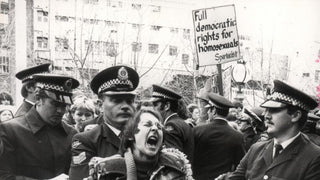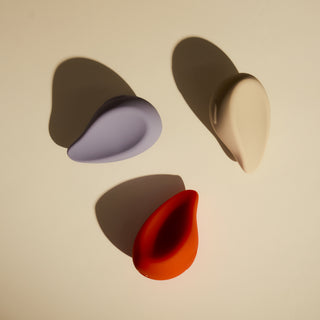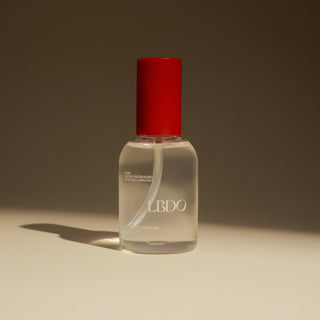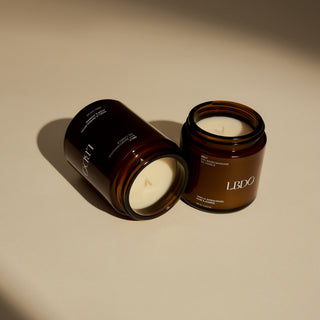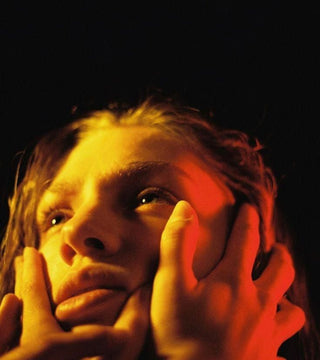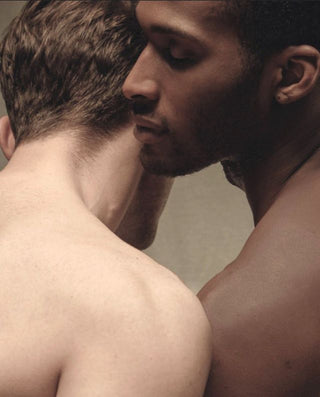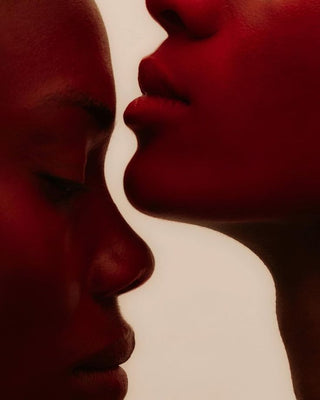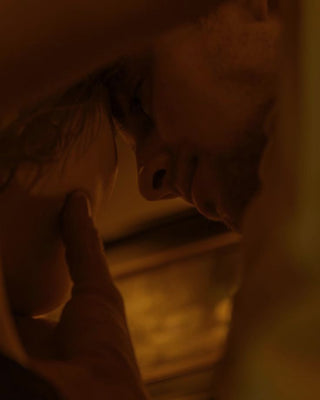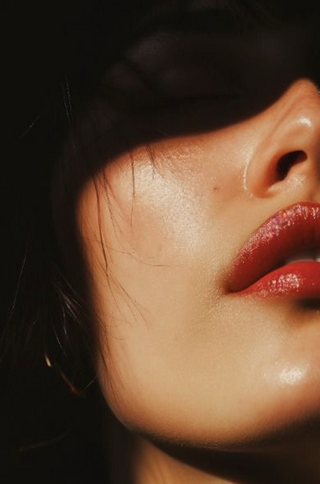It’s that glorious time of year again - the Sydney Gay and Lesbian Mardi Gras is upon us. This year's celebrations span more than two action packed weeks, culminating in the fabulous, glittering, all-singing, all-dancing spectacle of the Mardi Gras parade.
So where did it all begin? And how did it grow to its current, enormous scale? In the lead up to the main event, we take a look at the history of what has become the biggest celebration of LGBTQIA+ lifestyles in Australia.
Stepping out in solidarity
In March 1978, a San Francisco based gay rights group was organising a protest, and called on their international peers to show solidarity. The spirit of gay liberation was in the air Down Under, and the Sydney based Gay Solidarity Group answered the call. The group decided to hold a march in support of equality for gay people, the first of its kind in Australia.
The march proceeded along Oxford Street in June 1978. It marked the ninth anniversary of the Stonewall Riots in New York, which sparked the beginning of the international gay rights movement.
At the start of the Oxford Street march, around 500 keen activists were in attendance. Before long, the crowd had swelled to more than 2000 people.
Persistence is key
The police response to the march was one of disproportionate force. The peaceful protesters were met with violence and around 53 attendees were arrested. The following Monday, the supporters of those who had been arrested gathered outside the court buildings where their matters were being heard. From the group of supporters, the police arrested a further 13 people. At this time, homosexuality was still a criminal offence.
In the days that followed, a major Sydney newspaper published the names and addresses of the people who had been arrested. In doing so, it outed them to their family and friends, and caused several to lose their jobs.
None of this stopped the Gay Solidarity Group. Rather, it emboldened them to convene a second march in 1979. The theme of this march was “Power in the Darkness”. More than 3000 people attended. A third march was held in June 1980.
Seasons change
After the third iteration, organisers concluded that holding the march in the middle of the Australian winter was dampening the festivities. They moved the march from the original June date, which aligned with the equivalent celebrations in the US, to the Australian summer, when the weather would be warmer and people’s spirits higher.
Alongside the change in date, there was a change in the organisers of the event . The political protest groups who got the ball rolling in 1978 took a step back, and a dedicated organising committee stepped in. They were less focused on the politics of the march, and more on the party. The march evolved into a big, moving pride parade in celebration of the queer community. It became known as Mardi Gras, a reference to the French-Catholic tradition of gluttonous revelry and spectacular parades held in the lead up to Lent.
Money talks
Over the years, crowds grew, and the Sydney Mardi Gras became a major tourist event, drawing visitors from interstate and overseas. In 2019, about sixteen thousand people participated in the parade, and around half a million people attended.
Some say the impact of Mardi Gras is now measured in economic rather than political terms. Indeed, each year more and more corporate floats roll out. Depending on your perspective, this might be a display of allyship with the companies’ queer employees and customers, or a shameless cash grab through ‘rainbow capitalism’ (the appropriation of the LGBTQIA+ movement to promote a corporate agenda). Perhaps it’s a bit of both.
Undeniably, Mardi Gras is now a major boon for the Sydney economy and is heavily promoted and sponsored by the New South Wales government.
New directions
Now that the Sydney Mardi Gras is an event of major cultural significance attracting hundreds of thousands of people each year, the question naturally arises: what next?
Some members of the community say the radical roots of Mardi Gras have been buried beneath the ever mounting corporate involvement, and call for a return to a more pared back, less capitalistic approach. Others are concerned that the people who attended the very first event, now collectively known as the ‘78ers, are invited to march at the front of the parade, while new groups of queer activists perceived to be promoting more radical agendas are sidelined. There are also growing calls for the police and military presence to be removed from the parade.
For the past two years, attendance at the Sydney Mardi Gras has been significantly curtailed due to precautions and restrictions put in place to prevent the spread of COVID-19. In 2022, the priority remains on delivering a safe event. So this year the parade is again a ticketed event to be held in the Sydney Cricket Ground.
Organisers plan to return to Oxford Street, the home and heart of Mardi Gras, for its 45th anniversary in 2023. Exactly how else the Sydney Mardi Gras will evolve over the coming years remains to be seen. One thing is for sure: it will always hold historical and cultural significance as one of our nation’s foremost celebrations of the diversity, activism and pride of the LGBTIQA+ community.

